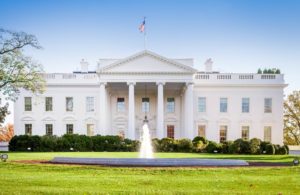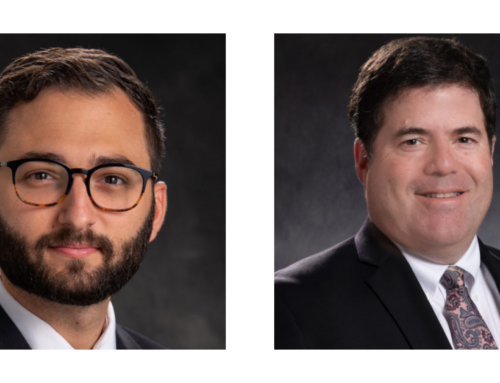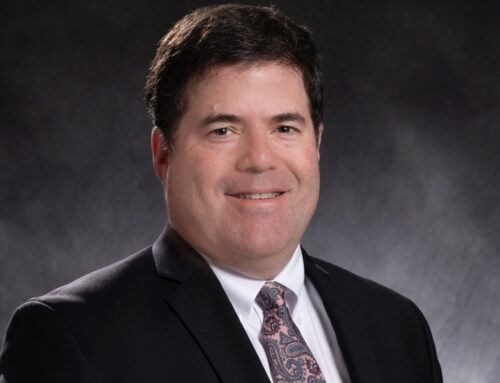By: Scott Borsack
The Paycheck Protection Program Flexibility Act is one step away from becoming law. Without much fanfare or warning the Act was passed by voice vote In the US Senate without objection and now heads to the other end of Pennsylvania Avenue for the signature of the President. For some this will be a game changer. Let me emphasize that the Act has to be signed by the President before PPP will be changed. That has not happened yet.
For loans made after the effective date of the Act, the repayment period will be no less than five years. Additionally, lenders and borrowers can agree to extend the repayment period for a loan originated before the effective date of the Act to five years from origination.
The period in which to spend loan proceeds, not necessarily for forgiveness, has been extended to December 31, 2020. The period in which to spend proceeds to be eligible for forgiveness begins on the date of origination and ends on the earlier of the date which is 24 weeks following origination, or December 31, 2020. A borrower whose loan originated prior to the enactment of the Act may elect to keep the 8 week covered period.
Loan forgiveness shall be determined without regard to a reduction in FTEs if the borrower can in good faith establish
- An inability to rehire employees who were employed on February 15, 2020, and an inability to hire similarly qualified employees for unfilled positions by December 31, 2020, or
- An inability to return to the same business level as existed before February 15, 2020 due to compliance with government mandates during the period from March 1, 2020 to December 31, 2020, relating to issues of sanitation, social distancing or other worker or customer safety requirements relating to COVID-19.
A borrower has to use 60% of the loan for payroll costs in order to get forgiveness, allowing for 40% of the loan to be used for non-payroll costs. The language used here strongly suggests that spending 60% of the loan on payroll costs is now a requirement for forgiveness, where the SBA had set the limitation on payroll costs only.
Loan payment deferral will continue until the lender determines the amount of loan forgiveness to which a borrower is entitled instead of the 6 month period beginning when the loan originated. Borrowers would have 10 months from the end of the covered period in which to make an application for forgiveness, and upon failing to making the application, loan payments will begin after 10 months.
There is a lot to digest here. As we have done in the past we will continue to provide updates, interpretation and education. Check our PPP Resource Center for further updates.
Please note that the content of this blog is provided for information and education only. Nothing stated herein is intended to create an attorney client relationship or to constitute legal advice.
Scott Borsack is a partner with Szaferman Lakind and chair of the Business Department. To contact Scott please email him at sborsack@szaferman.com or call 609.275.0400.






